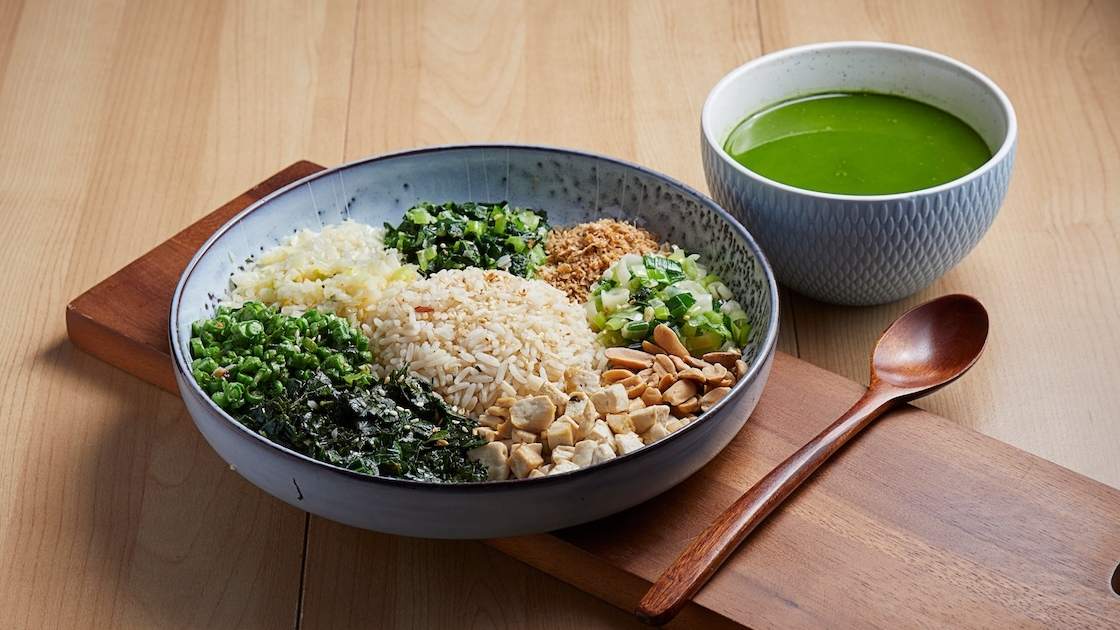Large gatherings around the world have been canceled due to the coronavirus pandemic. But in China, more than 10 million high school graduates will sit the gaokao, the national college entrance examination, on Tuesday and Wednesday after a month’s postponement.
The exams are seen as extraordinarily stressful under normal circumstances, but this year they come with the added pressure of taking place against the backdrop of Covid-19. Authorities have introduced strict mechanisms to prevent a possible spread of the virus as 18-year-olds spend hours in closed testing centers over the span of two days.
First, there will be a mandatory temperature check at the entrance. Below 37.3°C? You are good to go. If not, no worries — those with a higher temperature or cold symptoms will not be turned away. Rather, they will be quarantined in backup testing rooms if well enough to complete the exam. Anyone showing symptoms during the exam will also be transferred to individual testing sites, which will, in principle, not host more than one person at a time. Testing time lost in the process will be made up.
Related:
Is China’s Infamous Gaokao College Entrance Exam as Scary as it Seems?Article Jun 07, 2018
Face masks are, of course, required in public areas at examination sites, but most test takers are allowed to remove them while taking the exams. Students in mid- and high-risk areas — which now means parts of southern Beijing — aren’t as lucky, as they are required to survive hours-long tests with masks on in the midst of the capital’s sweaty summer.
Each testing room will also accommodate fewer students than usual for social distancing purposes, with the total number of sites increased to help accomodate for the new measures. Beijing, for example, only allows for 20 students per room, as opposed to 30 in previous years.
This year will see an increase of gaokao takers by 400,000 from last year. Nationwide, there are more than 7,000 examination sites, and those administering and proctoring the tests total 945,000. Students and staff have been asked to monitor and record their temperature every day from two weeks ahead of the examination dates.
Related:
Post-Gaokao Travel Up 500% as China’s Students Relieve Exam StressMany of the 10 million plus students who sat last weekend’s exams are keen to get away from it allArticle Jun 12, 2019
Other countries have canceled or postponed college admissions exams due to Covid-19. In France, for instance, the baccalauréat (“bac”) was called off in April — for the first time in history since its introduction under Napoleon Bonaparte — while tops US universities have decided not to require standardized testing scores for admissions.
This isn’t the first time the gaokao has been postponed however. In 2008, it was rescheduled in Sichuan province due to the devastating Wenchuan earthquake in May of that year.
It would not be a stretch to say that the gaokao is the most important written exam in the lives of many Chinese, partly because it requires years of preparation, and candidates can only take it once annually. Underprivileged students, especially in rural areas, have traditionally seen attending prestigious colleges as a means to relocate to larger cities and ameliorate economic conditions — which is perhaps why some have chosen to retake it year after year, as Jack Ma did three times, or to attend infamously high-pressure gaokao “factories” like Maotanchang just to score a few points higher.
Related:
Robots Sit in on Gaokao, China’s National College Entrance ExamArticle Jun 10, 2017
Recent reports have also revealed more than 200 cases of identity theft pertaining to the gaokao. In Shandong province, college graduates were found to have enrolled using other people’s identities, illegally taking their admission spots from them.
Another challenge to this year’s examinations is the weather. The gaokao normally takes place in June, and was actually moved from July in 2003 because of the mid-summer heat, floods, and typhoons that effect much of the country at this time of year and are currently playing out in several regions of China. It is also worth noting that 12th graders have barely attended in-person classes this year, since the pandemic ensured many schools in the country have been largely closed since the January winter break.



















